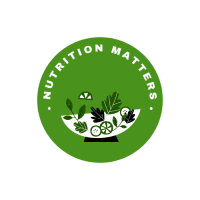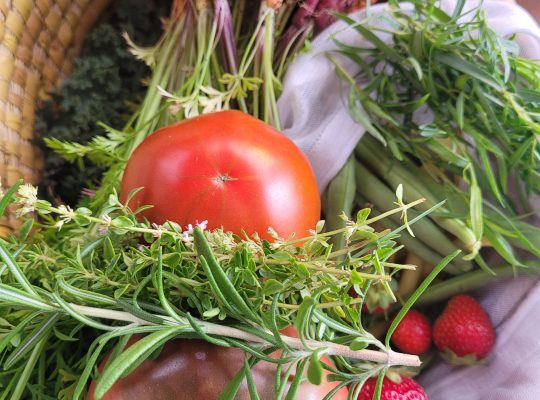Have you ever used flax seeds instead of eggs?
Or considered consuming this mighty seed daily in cereal, yogurt or salads? If the answer is no, I hope I will have you convinced by the end of the post.
Simply put, flax seeds are worth your time and energy (to buy, grind and chew), I promise. They contain fibre, omega-3 fatty acids, and lignans, which can boost your health in myriad of ways. They also contain magnesium, manganese and vitamin B1 (or thiamine).
Here are some benefits:
- They’ll provide your healthy gut bacteria with loads of good fibre which translates into better digestive health and a heap of anti-inflammatory help via short-chain fatty acids
- Regular consumption makes your skin look better (due to healthy fats and fibre)
- Improved cardiovascular health and lipid profile, and lower cholesterol levels plus they can lower your blood pressure
- Flax seeds offer protection against breast cancer and other types of cancer such as prostate, lung, colon, ovarian, liver, cervical. They were shown to be effective in decreasing tumour size in breast cancer patients too.
- Mighty flax can reduce menopausal symptoms by balancing hormone levels.
- Last but not least, they help with balancing blood sugar levels which helps lower the risk of type 2 diabetes
Now you tell me: what’s not to love?
How to use flax seeds
Grind them up before you use them, otherwise they will simply pass through you without imparting any of their wonderful benefits.
Also, you will see them available as whole seeds or already ground in store. I do not go for the latter, because the once exposed to light and oxygen, the oils will get oxidized which is not ideal.
I prefer to use a separate grinder just for seeds and slow oats (when I want to make oat flour) and I grind them right before use for up to 10 seconds.
If use sprinkle them on cereal or soup, I use them as they are. If I use them as an egg replacement,
I mix with the ground seeds with water (three tablespoons of water plus one of flax seeds equals one egg). Let sit for a couple of minutes before adding them to the recipe. The mixture will become gooey, courtesy of their high soluble fibre content.
How much and how often?
Short answer: every day, ideally, and the amount is one to two tablespoons. Why? Because they are quite spectacular given the many goodies they contain: lignans, beneficial soluble fibre and omega-3 fatty acids (some of which your body will convert to the essential forms EPA and DHA*) plus many other minerals and vitamins.
My favourite way to consume them is with some yogurt (either dairy – from organic and non homogenized milk with nothing added to it, or a non-dairy one), fresh or thawed berries and one or two chopped dates. I also bake them into various no-sugar added treats, including cookies, muffins and crackers (working on a recipe as we speak.)
*A note on the conversion to DHA and EPA: the rate is rather low, and in some people even lower. Women seem to be more efficient at converting omega-3 fatty acids to EPA and DHA. However, that does not mean al of the above is useless. The benefits of consuming flax seeds are many, but if you want to make sure you have enough essential fatty acids in your diet, supplement with a certified sustainable and pollutant-free fish oil, or opt for the vegan option derived from algae.






